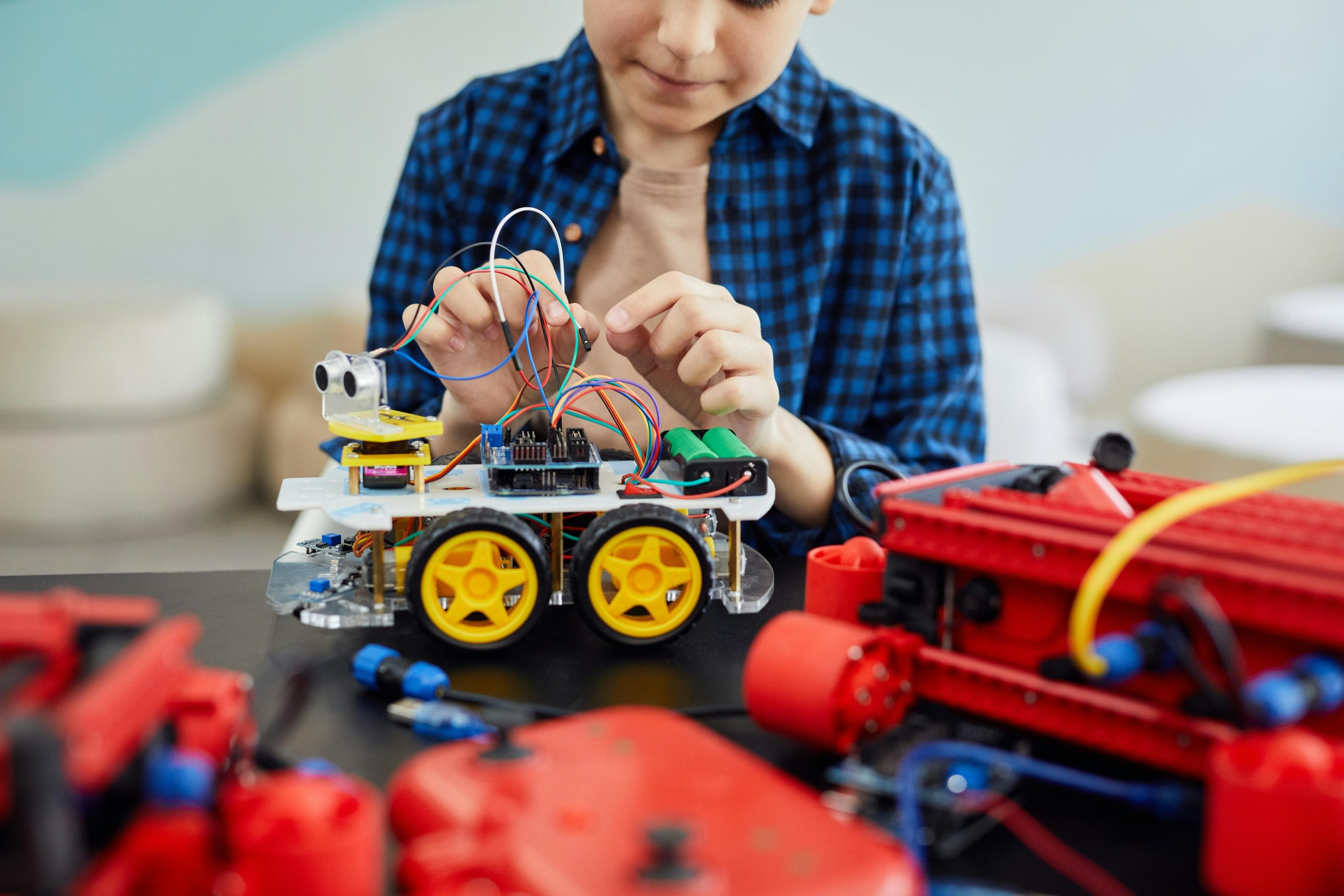10 Future Automotive Innovations to Watch This Decade
As the automotive industry continues to evolve at a rapid pace, we can expect to see some groundbreaking developments in the coming years. From advanced technologies to environmentally-friendly solutions, there are countless innovations that will shape the future of automobiles. In this article, we will take a closer look at 10 future automotive innovations that are set to revolutionize the industry over the next decade.
1. Electric and Autonomous Vehicles
The rise of electric and autonomous vehicles is no longer a distant dream but a reality that is quickly becoming mainstream. Major automotive companies such as Tesla, Waymo, and Uber have already introduced electric and self-driving vehicles, and we can expect to see more of these on the roads in the next decade. With the potential to reduce carbon emissions and improve road safety, the shift towards electric and autonomous vehicles is set to transform the automotive landscape.
2. 5G Connectivity
The arrival of 5G technology is set to bring about a new era of connectivity for automobiles. With its ultra-fast speed and low latency, 5G will enable communication between vehicles, traffic infrastructure, and even pedestrians. This will have a significant impact on the safety and efficiency of transportation, as well as open up possibilities for advanced features such as augmented reality navigation and in-car entertainment systems.
3. Augmented Reality (AR) Head-Up Display
The use of augmented reality in cars is on the rise, and one of the most exciting applications is the AR head-up display. This technology projects important information, such as speed, navigation, and road hazards, onto the windshield, eliminating the need for the driver to look away from the road. This not only enhances safety but also provides a more immersive driving experience.
4. Advanced Driver Assistance Systems (ADAS)
ADAS has been gaining traction in recent years, and it is only expected to become more sophisticated in the coming decade. These advanced systems use sensors, cameras, and artificial intelligence to assist drivers with tasks such as parking, lane changing, and emergency braking. As they continue to evolve, ADAS will play a crucial role in making our roads safer and more efficient.
5. Automotive IoT
The Internet of Things (IoT) is rapidly expanding its reach, and the automotive industry is not immune to its impact. With the integration of IoT devices and sensors, cars will be able to communicate with each other, traffic infrastructure, and the driver’s smartphone. This will not only enable real-time monitoring and maintenance but also open up possibilities for smart features such as predictive maintenance and remote access to vehicle controls.
6. Intelligent Transportation Systems (ITS)
ITS is a combination of advanced technologies, including IoT, cloud computing, and artificial intelligence, that aims to improve the efficiency and safety of transportation. This includes features such as smart traffic management, road condition monitoring, and real-time navigation. As these technologies continue to evolve, we can expect to see a significant impact on the overall transportation system and the automotive industry as a whole.
7. Augmented Reality (AR) for Maintenance and Repairs
Replacing car parts can be a cumbersome and time-consuming task, but with the use of AR, it can become much more efficient. AR technology can provide step-by-step instructions and detailed visuals to assist mechanics in performing repairs and maintenance, reducing the time and cost associated with these tasks. As AR technology continues to evolve, we can expect to see more applications in the automotive industry.
8. Vehicle-to-Vehicle (V2V) Communication
Similar to V2X (vehicle-to-everything) communication, V2V enables vehicles to exchange information with each other, including speed, location, and direction. This can have a significant impact on road safety, as vehicles can alert each other about potential hazards and work together to prevent accidents. This technology is particularly crucial for autonomous vehicles that rely on real-time communication with other cars on the road.
9. Sustainable Materials and Energy Solutions
The automotive industry is increasingly shifting towards sustainable materials and energy solutions to reduce its carbon footprint. This includes the use of lightweight materials, such as carbon fiber, to improve fuel efficiency, as well as the adoption of alternative energy sources, such as hydrogen-powered vehicles. As the demand for eco-friendly solutions continues to grow, we can expect to see more innovations in this area in the next decade.
10. Personalization and Customization
The automotive industry is also moving towards a more personalized and customized approach, where customers can choose and modify features and designs according to their preferences. This includes customizable interiors, advanced infotainment systems, and even 3D-printed car parts. As technology continues to advance, the possibilities for personalization and customization in the automotive industry are virtually limitless.
As we enter a new era of automotive innovation, these developments have the potential to transform the way we drive, commute, and move around. While some of these innovations may take longer to be fully adopted, there is no denying that they will have a significant impact on the future of automobiles. Keep an eye out for these 10 future automotive innovations, as they are set to shape the industry in the next decade and beyond.









